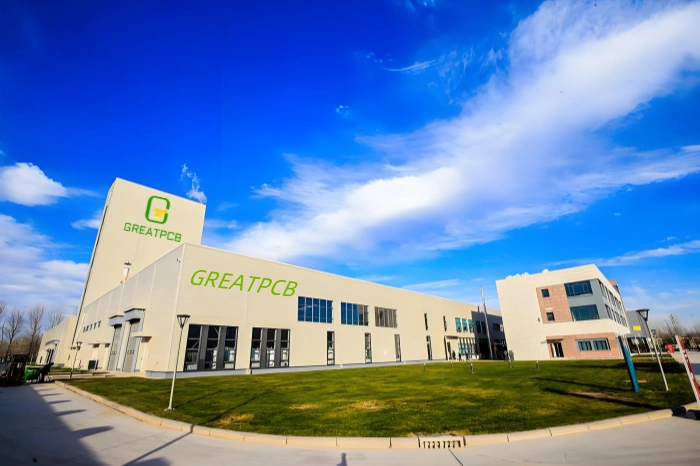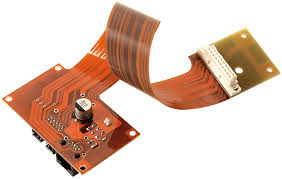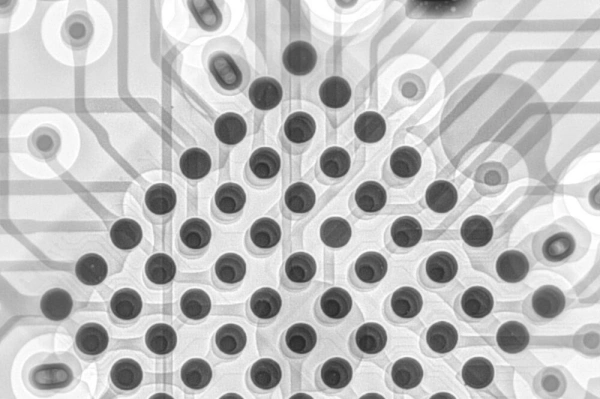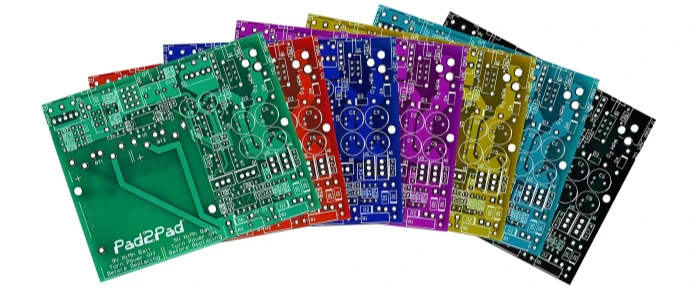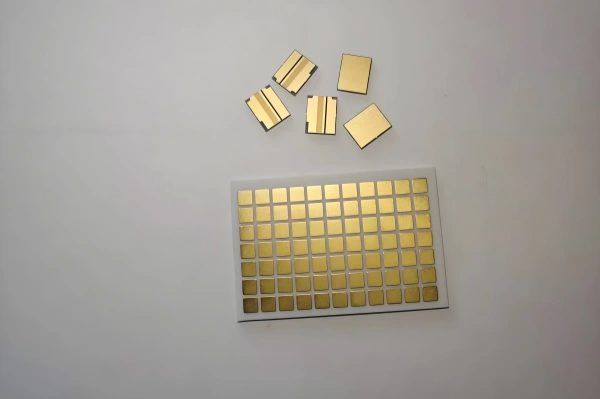Automotive HDI PCB Classification and Applications
By PCBA PrototypePublished On: 2025-08-04Categories: Uncategorized0 Comments on Automotive HDI PCB Classification and Applications
By PCBA PrototypePublished On: 2025-08-04Categories: Uncategorized0 Comments on Automotive HDI PCB Classification and Applications
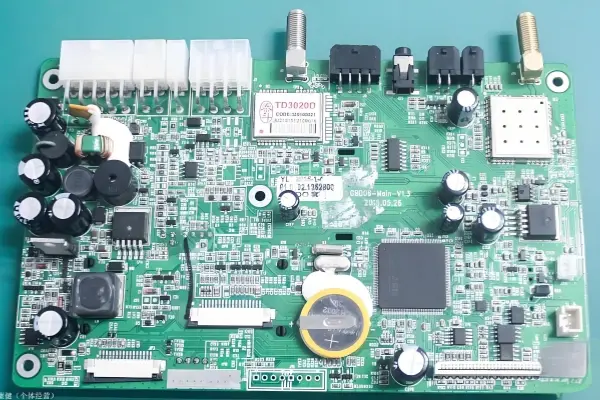
The rapid development of the electronics industry has driven the fast growth of many other industries. In recent years, electronic products have been used more and more widely in the automotive industry. Traditional automotive industry focused more on mechanics, power, hydraulics and transmission. But modern automotive industry relies more on electronic applications, which play an increasingly important and potential role in cars. All aspects of automotive electrification, such as processing, sensing, information transmission and recording, cannot be achieved without printed circuit boards (PCBs). Due to the needs of automotive modernization and digitalization, as well as people’s requirements for car safety, comfort, easy operation and digital functions, PCBs have been widely used in the automotive industry. They range from ordinary single-layer PCBs, double-layer PCBs to complex multi-layer PCBs, high-density interconnect (HDI) PCBs, which may have blind vias across layers or double-layer build-up layers.
To achieve high reliability and safety of automotive HDI PCBs, strict strategies and measures must be followed by HDI PCB manufacturers. This is the focus of this article.
Automotive HDI PCB Classification and Applications
Types of Automotive PCBs
In automotive circuit boards, traditional single-layer PCBs, double-layer PCBs and multi-layer PCBs are available. In recent years, the wide application of HDI PCBs has made them the first choice for automotive electronic products. There is indeed an essential difference between ordinary HDI PCBs and automotive HDI PCBs: the former emphasizes practicality and versatility to serve consumer electronic products, while the latter strives for reliability, safety and high quality.
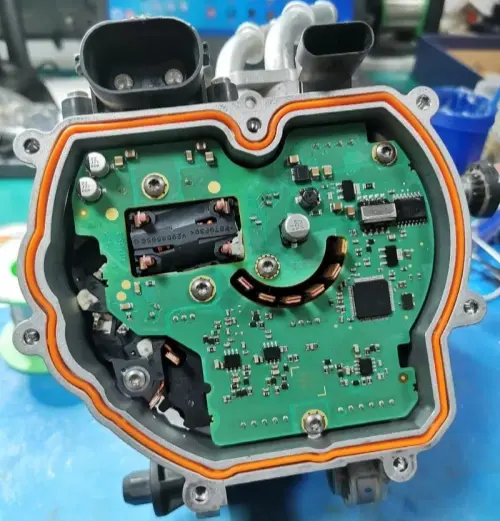
It is necessary to explain that because automobiles cover a wide range of vehicle categories such as cars, trucks or lorries, different performance expectations and functional requirements are needed. The rules and measures discussed in this article are only some general application rules excluding these special cases.
Classification and Specific Applications of Automotive HDI PCBs
HDI PCBs can be divided into single-layer HDI PCBs, double-layer build-up PCBs and three-layer build-up PCBs. Here, “build-up” refers to prepreg layers.
Automotive electronic products are usually divided into two categories:
a. Automotive electronic control devices cannot work effectively without cooperating with mechanical systems on the vehicle, such as engines, chassis and vehicle digital control. Typical examples include electronic fuel injection systems, anti-lock braking systems (ABS), anti-slip control (ASC), traction control, electronic control suspension (ECS), electronic automatic transmission (EAT) and electronic power steering (EPS).
b. On-board automotive devices that can be used independently in the automotive environment and have nothing to do with vehicle performance. These include automotive information systems or on-board computers, GPS systems, automotive video systems, on-board communication systems and Internet equipment. The functions of these devices are realized with the support of HDI PCBs, which are responsible for signal transmission and various controls.
Requirements for Automotive HDI PCB Manufacturers
Due to the high reliability and safety requirements of automotive HDI PCBs, automotive HDI PCB manufacturers must meet high-level requirements:
a. Automotive HDI PCB manufacturers must adhere to comprehensive management systems and quality management systems, which play a key role in judging or supporting the management level of PCB manufacturers. Some systems cannot be owned by PCB manufacturers until they are recognized through third-party certification. For example, automotive PCB manufacturers must pass ISO9001 and ISO/TS16949 certifications.
b. HDI PCB manufacturers must be equipped with strong technology and high HDI manufacturing capabilities. Specifically, manufacturers specializing in automotive circuit board manufacturing must produce boards with a line width/spacing of at least 75μm/75μm and double-layer build-up. It is generally believed that HDI PCB manufacturers must have a process capability index (CPK) of at least 1.33 and an equipment manufacturing capability (CMK) of at least 1.67. Modifications in later manufacturing are not allowed unless approved and confirmed by customers.
c. Automotive HDI PCB manufacturers must follow the strictest rules for selecting PCB raw materials, as these materials play a key role in determining the reliability and performance of the final PCB.
Material Requirements for Automotive HDI PCBs
Core boards and prepregs
They are the most basic and critical factors in manufacturing automotive HDI PCBs. When it comes to raw materials for HDI PCBs, core boards and prepregs are the main considerations. Usually, both HDI core boards and dielectric layers are relatively thin. So, one layer of prepreg is enough for consumer HDI boards. But automotive HDI PCBs must rely on lamination with at least two layers of prepregs. This is because a single layer of prepreg may lead to reduced insulation resistance if there are cavities or insufficient adhesives. In that case, the final result may be the failure of the entire circuit board or product.
Solder mask
As a protective layer directly covering the surface of the circuit board, the solder mask also plays an equally important role as the core board and prepreg. In addition to protecting external circuits, the solder mask also plays a vital role in the appearance, quality and reliability of the product. As a result, the solder mask on circuit boards for automobiles must meet the strictest requirements. The solder mask must pass a number of tests on reliability, including heat storage tests and peel strength tests.
Tests on Material Reliability of Automotive HDI PCBs
Qualified HDI PCB manufacturers never take material selection for granted. Instead, they must conduct some tests on the reliability of the circuit boards. The main tests on the material reliability of automotive HDI PCBs include Conductive Anodic Filament (CAF) test, high and low temperature thermal shock test, weather temperature cycle test and heat storage test.
CAF test
It is used to measure the insulation resistance between two conductors. This test covers many test values, such as the minimum insulation resistance between layers, the minimum insulation resistance between through vias, the minimum insulation resistance between buried vias, the minimum insulation resistance between blind vias and the minimum insulation resistance between parallel circuits.
High and low temperature thermal shock test
This test aims to test the resistance change rate, which must be less than a certain percentage. Specifically, the parameters mentioned in this test include the resistance change rate between through vias, the resistance change rate between buried vias and the resistance change rate between blind vias.
Weather temperature cycle test
The board to be tested needs preprocessing before reflow soldering. In the temperature range of -40°C±3°C to 140°C±2°C, the circuit board must be kept at the minimum and maximum temperatures for 15 minutes each. A qualified circuit board will not have lamination issues, white spots or explosions.
Heat storage test
This test is mainly used for the reliability of the solder mask, especially its peel strength. In terms of solder mask evaluation, this test can be regarded as the strictest.
According to the requirements of the above tests, if the substrate materials or raw materials cannot meet the customer’s needs, some potential risks will occur. Therefore, whether to test the materials may be a key factor in determining a qualified HDI PCB manufacturer.
Many strategies and measures can be used to judge automotive HDI PCB manufacturers, including material supplier certification, determination of technical conditions and parameters in the process, and application of accessories, etc. These can be important factors in finding a reliable HDI PCB manufacturer and judging its reliability.
When it comes to finding a trustworthy partner for automotive HDI PCBs, greatpcb stands out. We strictly follow all the above standards and requirements. We have passed ISO9001 and ISO/TS16949 certifications, ensuring our management and quality systems are top-notch. Our manufacturing capabilities are strong, with the ability to produce boards with line width/spacing as low as 75μm/75μm and double-layer build-up, backed by a CPK of over 1.33 and CMK of more than 1.67. We select raw materials carefully, using high-quality core boards, prepregs with at least two layers for lamination, and solder masks that pass all strict reliability tests. Every batch of our automotive HDI PCBs undergoes comprehensive tests, including CAF test, high and low temperature thermal shock test, weather temperature cycle test and heat storage test, to ensure they meet the highest reliability and safety standards. Choose greatpcb, and you’ll get automotive HDI PCBs that you can rely on for your automotive electronic products.
Related Posts
PCB Assembly
September 2, 2025



